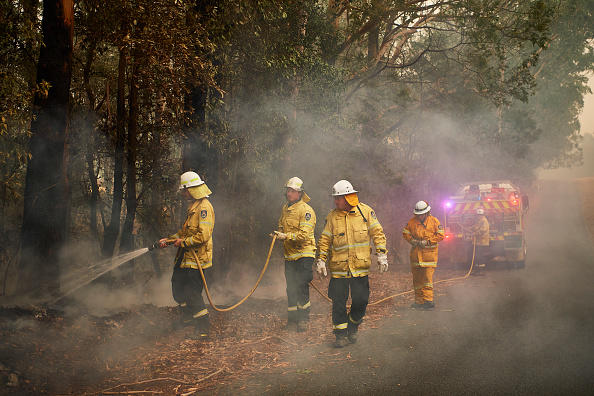The 2019-20 New South Wales summer season was the worst fire season that NSW Rural Fire Service (RFS) has ever faced.
Off the back of that period, the NSW RFS realised it needed greater operational transparency of its 75,000 volunteers and 2,000 brigades, beyond understanding where fires and incidents were occurring.
“Given that our volunteers come from every walk of life … they also have really different qualifications, and it was essential for us to have a real-time view of their skills and qualifications to help the frontline make the right decision about who to deploy in an emergency,” NSW Department of Justice RFS ICT project manager Emma Casime said, speaking during the virtual Gartner Data and Analytics APAC Summit on Tuesday.
She pointed to the example of needing to be able to quickly identify volunteers who have the qualifications to navigate an aircraft during an emergency.
The organisation teamed up with SAP to build a data portal that would enable every RFS member — from frontline volunteers to top-ranking executives — access to real-time data when they needed it.
The process involved bringing together training qualification data from the RFS’s ERP systems into the SAP analytics cloud platform and combining that with external census data from the Australian Bureau of Statistics (ABS).
Casime said it was a real shift to how NSW RFS previously operated, explaining that any information a district manager wanted to extract from raw and processed data had to be done through a data analyst who would produce a report for them.
“That would take a lot of time,” she said. “Once they had it, it was immediately out of date because the data was extracted then processed.
“By delivering ease-of-use, what we wanted to do was enable our users to easily understand the results with an intuitive mechanism and access the reports and dashboards that they didn’t have readily available before, and they could access themselves via self-service.”
The new system also gives users access to interactive insights, Casime added.
“It’s not just the static tabular report that gives them information about the capabilities of their volunteers, but also it’s a way to track and monitor these KPIs from the state level all the way down to our districts and our fire control centres, and even our brigades and our volunteers within those brigades,” she said.
“Having that multi-level view from state to brigade and the ability to drill down and get that capability across the entire organisations, gives you a much richer understanding of the data that you’re looking at, and that was very important to us.”
Additionally, NSW RFS is now able to use the data to gain a better understanding of the communities its serve and the volunteers within those communities.
“That gives you a lot of power … just knowing how we compare, how many volunteers exist currently in the community, and how many of them are actually volunteering for the RFS. This gives us a lot of insight of how we can better approach our communities, which areas we could put in a little more effort in their training programs, and just really understand where we stand compared to all the people that are out there.”



